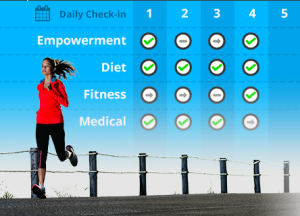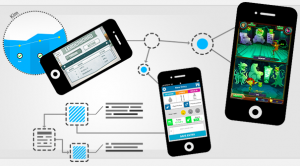Guest post by Nicholas Brown
For someone interested in healthcare, I was completely unaware of the true affect of
digital health on this field. As a matter of fact, I knew nothing of it. Surely, when a rash broke out
on my skin I turned to Google for answers and compared my rash to those I saw on Google
Images. Luckily, it wasn’t psoriasis. After my sisters got their wisdom teeth pulled, I did enough
WebMD and WikiHow searches to become a self-proclaimed expert on their treatment. New
gauze needed? I was ready. Without knowing its full effect, I was involved in these efforts of
digital health.
For me, the intersections of healthcare and technological advances of our current
society is amazing, yet paradoxical. Companies churn out and develop new systems and
machines that have capabilities to de-humanize surgery in the coming future. Nevertheless,
there is a clear and long lag. Hospitals are still very far behind the quick changes of healthcare
technology. Physicians and healthcare workers are further behind, and patients even further.
Between each step comes massive barriers and obstacles that decelerates the system.
Many Americans do not have the same experience I have with the changes within the
healthcare industry, and the most interesting thoughts and questions relating to class have
explored the effect of technology on different sections of the population. For low-income
Americans who have smartphones, but limited access to internet and cautious trust, there are
barriers of scarcity to overcome. For elderly, digital efforts must compensate for slower
understanding and lack of use amidst a fast-moving progression. For those with chronic
conditions, who find that pretty devices, but devices that are not wearable. These are massive
problems.
How can digital and technological advancements help solve these major issues while
they continue and create new problems? This is a question I continue to ask myself during
lecture and during project research. For me, I see it as another vicious cycle within our society,
and in an important field that many people trust. I guess that makes my perspective pessimistic
view. I think it realistic. Communication is a lost art within healthcare, and although digital
technology and social networks can alleviate that, the barriers they impose prevent
communication from a large portion of potential stakeholders.
The way we are approaching healthcare now, with several sides all walking with different
paces, looking at different pages, and following different missions, is conducive to moving
forward, but not to sustain connections between parts. Sewn patches make a quilt. Well
currently, I think the we see several patches, separate sections that we try to puzzle together; a
doubtful solution. The genuine solution comes when we find a way to sew the patches together.






